By Iain Martin
Chamonix is my favourite ski resort. There, I’ve said it.
Not that I’d recommend it for everyone. The skiing is fantastic, but I wouldn’t say it’s suitable for beginners or inexperienced skiers. There are runs to learn on, but this is not Les 3 Vallées, with a huge, linked area with pistes to easily progress into and accommodation halfway up the mountain.
And that’s part of the appeal: the town sits in the valley at 1,000m, surrounded by precipitous mountains on either side, rising dramatically to the highest point in Western Europe, the 4,806m-high Mont Blanc.
Ironically, I would recommend Chamonix for non-skiers, and the town is full of them, even in the middle of winter.
Many come to access the spectacular Aiguille du Midi, at 3,842m the closest point a non-mountaineer can get to Western Europe’s highest peak. Some skiers use that as the launch point for Europe’s longest off-piste run, the 22km Vallée Blanche, which crosses glacial crevasses and seracs before finishing at the end of the Mer de Glace.
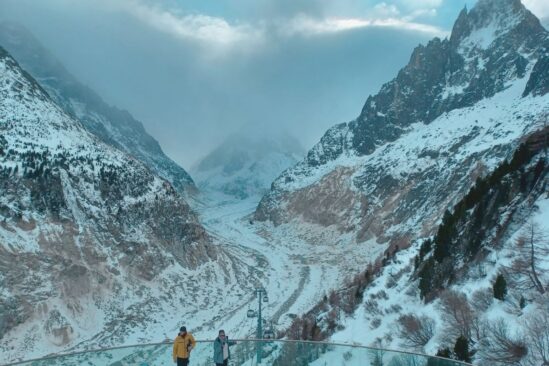
I first skied the Vallée Blanche in 1982. We skied all the way back to Chamonix. While that is still occasionally possible in good conditions, the glacier has been brutally affected by global warming since then.
It remains France’s largest glacier, but has thinned by 160 metres in the last 35 years, making the end of the Vallée Blanche run more challenging. In 1988, three steps were carved to make the return easier.
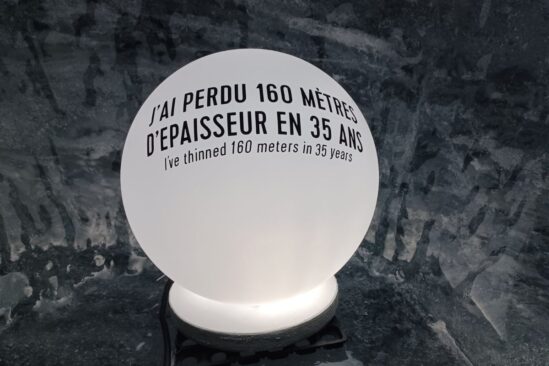
As the glacier retreated further and further, more steps were added, until by 2019, skiers at the end of one of the most challenging backcountry days they’ll ever take on had to tackle 580 steps to make it back to Chamonix.
In addition, any non-skiers wishing to visit the Grotte de Glace – the ice cave carved out of the Mer de Glace – also had to cope with the steps.
That all changed in December 2024, when a new €23 million gondola opened, making access to the glacier easier.
The vertical drop is only 200 metres, and there are still 170 steps to deal with, but 10-person cabins now cover the distance in minutes, to the relief of tourists and skiers alike.
In dozens of visits to the resort, to my shame, I’d never visited the ice cave, so I visited Chamonix last week specifically to try the new lift down to the Grotte de Glace.
From my hotel, it was a short walk to the Montenvers station in the centre of Chamonix. I’d suggest getting there at least 20 minutes before the scheduled departure (there are two trains an hour in winter), so that you can get a seat on the left-hand side of the train on the way up (or if you are very lucky, the two ‘jump seats’ at the front of the train).
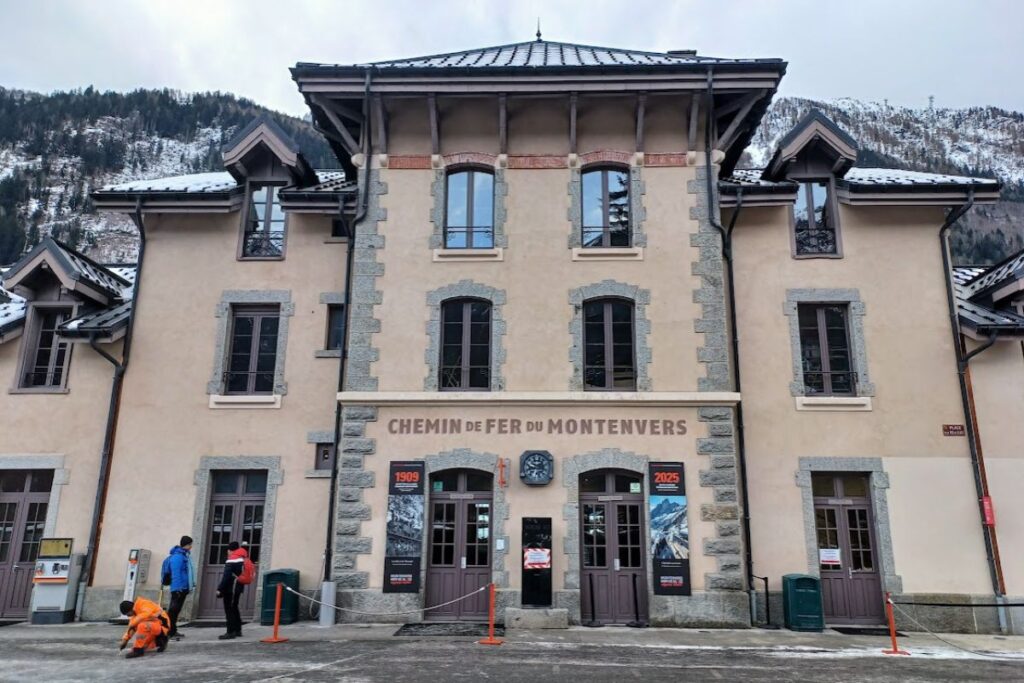
This famous railway first opened in 1908 and uses a rack system to climb to Montenvers at 1913m. From the top station, it’s a short walk to the gondola, which had no queue on the day I visited.
The Grotte de Glace itself is a hugely impressive creation, literally carved from huge walls of glimmering ice. Having recently watched Star Wars: Episode V: The Empire Strikes Back, it reminded me of the rebel base on the ice planet of Hoth (but with fewer Wookies!).
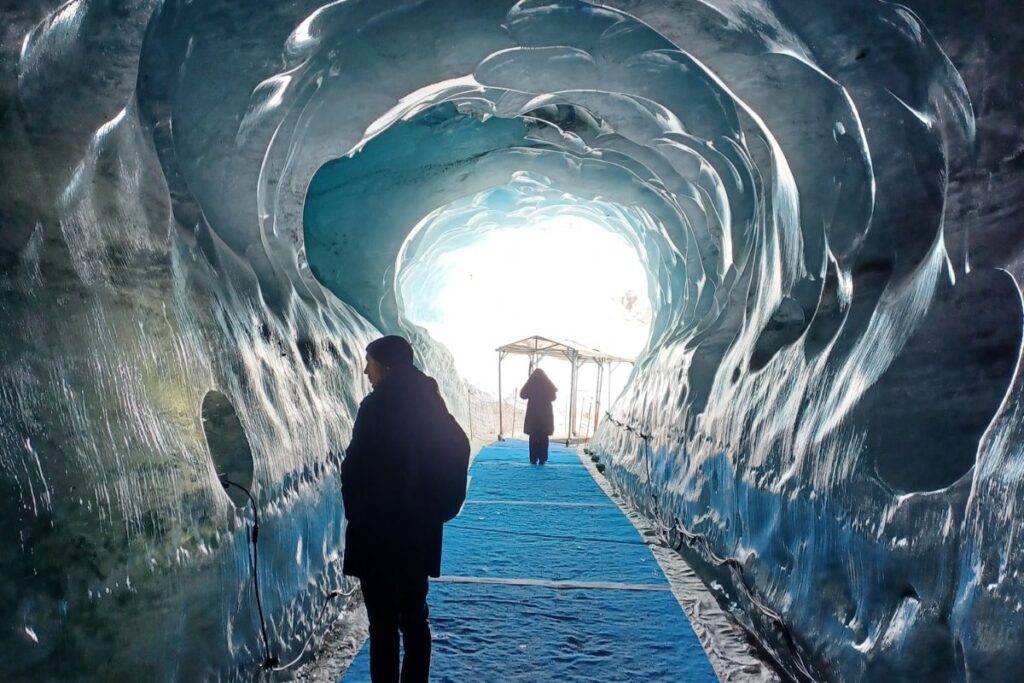
The ice cave is stunning, but instead of rushing down there immediately, I recommend a diversion to the excellent Glacorium first.
This small museum is devoted to glaciology. It will be replaced later this year with a much larger International Glacier & Climate Interpretation Centre, but while the scale will change, the ambition remains the same.
The purpose is to educate visitors about the annual phases a glacier goes through and, tragically, to show the impact of global warming on the world’s glaciers.
Displays show the shocking retreat of the Mer de Glace over the decades. It has lost 3km in length since 1820. That’s a key reason why the new gondola joins the Mer de Glace further towards its source.
Sadly, this is an insurance policy for the future. It’s predicted that the glacier will continue to retreat throughout this century, until by 2070 it will no longer be visible from Montenvers.
The resort has had some criticism for the commodification of climate change, but this was not my experience.
In my view, the more people who can experience the majesty and immensity of this magnificent glacier the better.
By seeing first-hand how the Mer de Glace is being diminished before our eyes, we may, perhaps, understand that this is a marvel of nature we need to save and share with future generations.
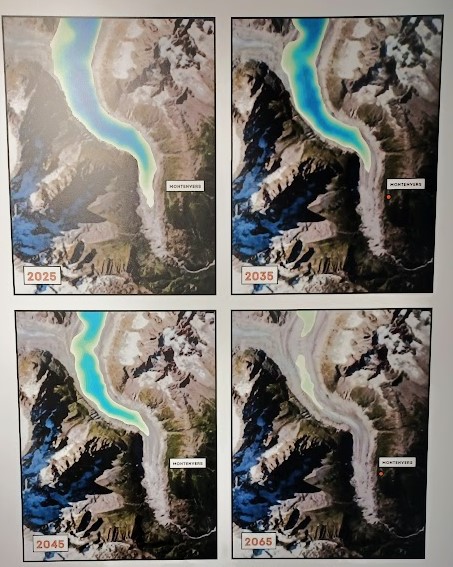
Info
A return trip to Montenvers, including a trip on the gondola to the ice cave costs €39.50. The three-star Hotel Lyret is five minutes’ walk from the Montenvers station in Chamonix. Iain travelled to Chamonix in an BMW iX electric car, using Ionity chargers to minimise the carbon emissions of his trip. If you’d like to hear more about this trip, please listen to Episode 235 of The Ski Podcast.

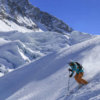
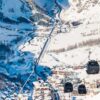



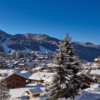



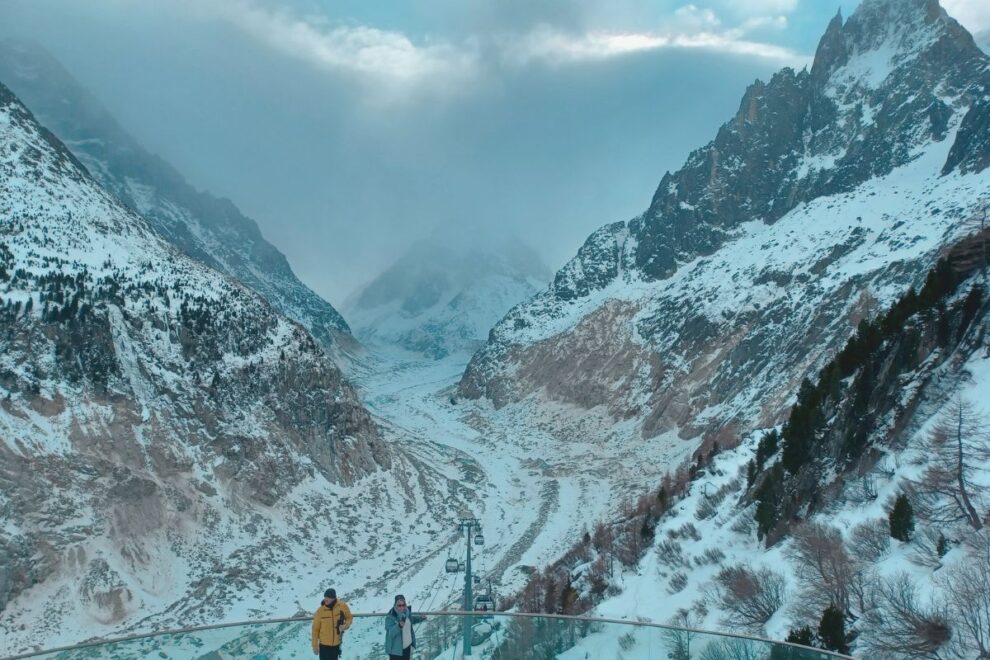
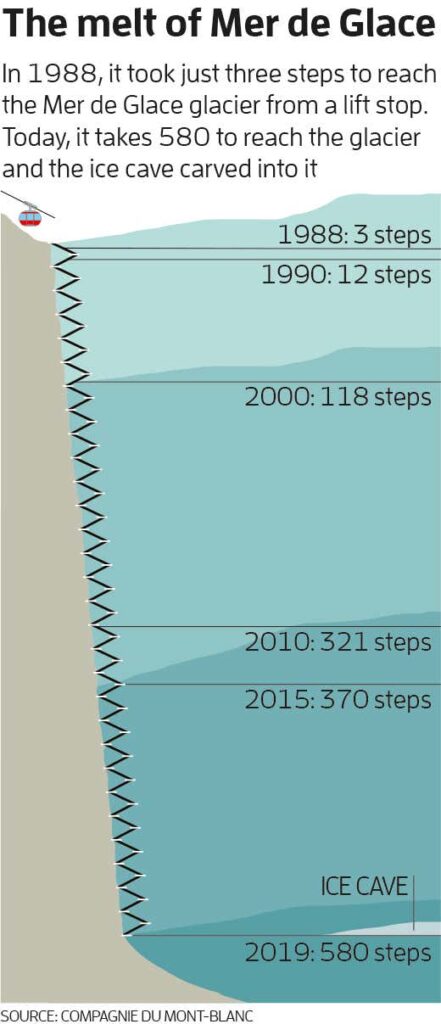
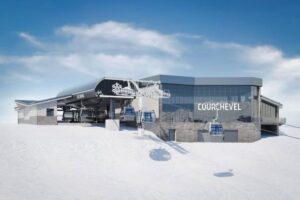
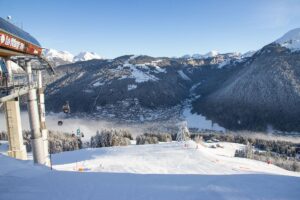
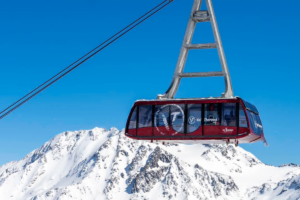
[…] In January 2025, Iain travelled to Chamonix. His article on Montenvers and the impact of climate change on the Mer de Glace is now live on welove2ski.com. […]